Scuba Diving Great Barrier Reef Australia
At RealityBox, we don’t just visit places – we dive into their stories. And of all underwater stories, perhaps none is quite so epic as the Great Barrier Reef. Whether you’re a first-time director preparing to shoot underwater or an adventure traveler looking to experience it for yourself, here’s everything you need to know to maximize your dive – both in experience and in footage.
The Great Barrier Reef isn’t just a dive site – it’s a natural wonder of the world. It’s streching more than 2,300 kilometers on Australia’s Queensland shore, and it creates the largest coral reef system on Earth including a very amazing wonder. UNESCO designated this location as a World Heritage location since it is the only living structure visible from space. Adventurers travel to this location across the world since scuba diving is unmatched at that spot.
Whether you’re an experienced diver with many logged dives or you’re thinking about your first underwater experience, the Great Barrier Reef is an ideal place to do it because you’re able to witness so much of the rich underwater world rich in biodiversity. To dive here is to step into a dynamic museum of evolution and adaptation. It boasts over 1,500 species of fish, 600 species of coral, and other marine organisms.
This guidebook has everything you’d like to know about Scuba Diving Great Barrier Reef, from best dive sites, seasonal advice, and practical information, to conservation activities, so you can have a great and sustainable experience.
Popular Great Barrier Reef Dive Sites
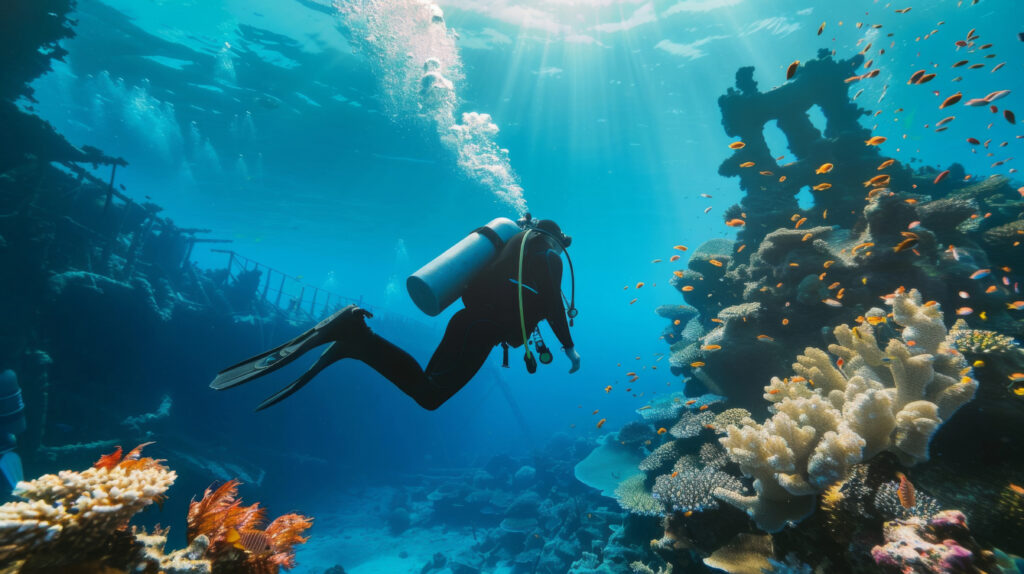
With so many reefs to dive individually, it can feel like the choice is too much to make. Here are some of the most sought-after dive sites:
Cod Hole: This site is located in the northern part of the reef and is known for its resident potato cods. As well as seeing these massive fish, which can reach up to 220 pounds (100 kilograms) in weight, you’ll get a chance to see the even larger giant clams, which can weigh twice as much!
Ribbon Reef: This series of ten coral reefs located on the northern end of the Great Barrier Reef contains several of the most famous dive sites in Australia, including Cod Hole. Here, you’ll find an incredible diversity of marine life and unique coral formations that are not to be missed.
Yongala Wreck: The SS Yongala is referred to by some as the greatest wreck dive in the world. Off the coast of Townsville lies this world-famous site that should only be attempted by experienced divers because of its depth and powerful current.
Stanley Reef: A bit more south, off the coast of Townsville, you’ll find this location on the same vacation as you see the Yongala Wreck. The shallow water and tranquil conditions are well suited to all divers’ skill levels and let you spend as much time as you like enjoying the variety of sea life.
Osprey Reef: This isolated, unspoiled reef way north off Cairns is a haunt of seasoned divers. It provides spine-tingling drift dives and the opportunity to spot numerous sharks and other big marine animals.
Planning Your Vacation: When to Travel Great Barrier Leaf
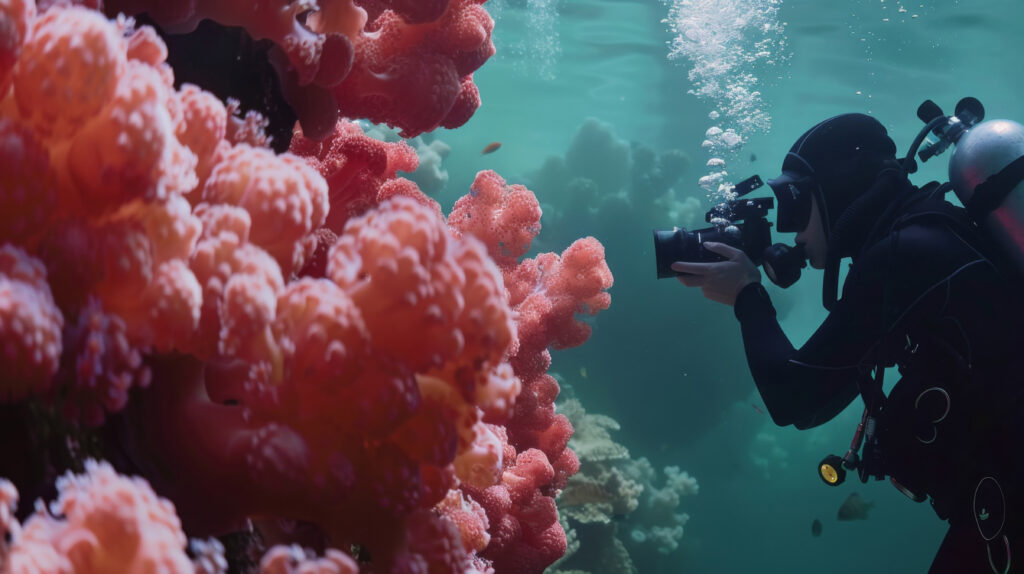
Timing will really make an enormous difference to your Scuba Diving Great Barrier Reef experience. The reef has two seasons:
June to November (Dry Season): In this period, you can see well underwater (usually 15-30 meters), the sea is calmer, and the water is more comfortable at about 22-25°C (72-77°F). If you bring a camera, this clear water is great to take beautiful wide shots.
December to May (Wet Season): There is more rain and the occasional cyclones, but it also has a few special advantages. The water is warmer (approximately 26-29°C/79-84°F), and this is great for deeper dives without the need for bulky wetsuits. You can also see coral spawning at this time – a great underwater show when corals simultaneously release eggs and sperm, creating an other-worldly view of an underwater snowstorm – ideal for film shooting.
For really unforgettable wildlife excursions, plan your travel in these peak seasons:
June-July: Minke whale migration.
November-December: Coral spawning activity December-January: Manta ray aggregations.
Getting There: Access Points and Transportation
The primary entry points to the Great Barrier Reef are Port Douglas and Cairns in Far North Queensland, but Townsville, Airlie Beach, and the Whitsundays are also popular departure points.
By Air: The frequent international visitors come by air to Cairns International Airport, which is serviced by major Asian hubs and Australian domestic destinations. For travel from the US or Europe, you’ll usually transfer through Sydney, Melbourne, or Brisbane.
Getting to Dive Sites: From your beach hut, you have various choices:
Day Trips: Suitable for sport divers, these trips depart early in the morning and come back in the evening. 2-3 dives are possible.
Liveaboard Boats: For serious divers and filmmakers, these boats present the chance to dive remote outer reef sites with as many as 5 dives a day, including a stunning night dive.
Private Charters: If you’re shooting or need some flexibility, charter a boat that accommodates your timing, location, and gear needs.
For underwater filmmakers, liveaboards afford the best conditions – stable bases, repeated takes to “scout” locations, and the means to film shifting light conditions throughout the day.
Capturing the Reef: Underwater Filmmaking Tips
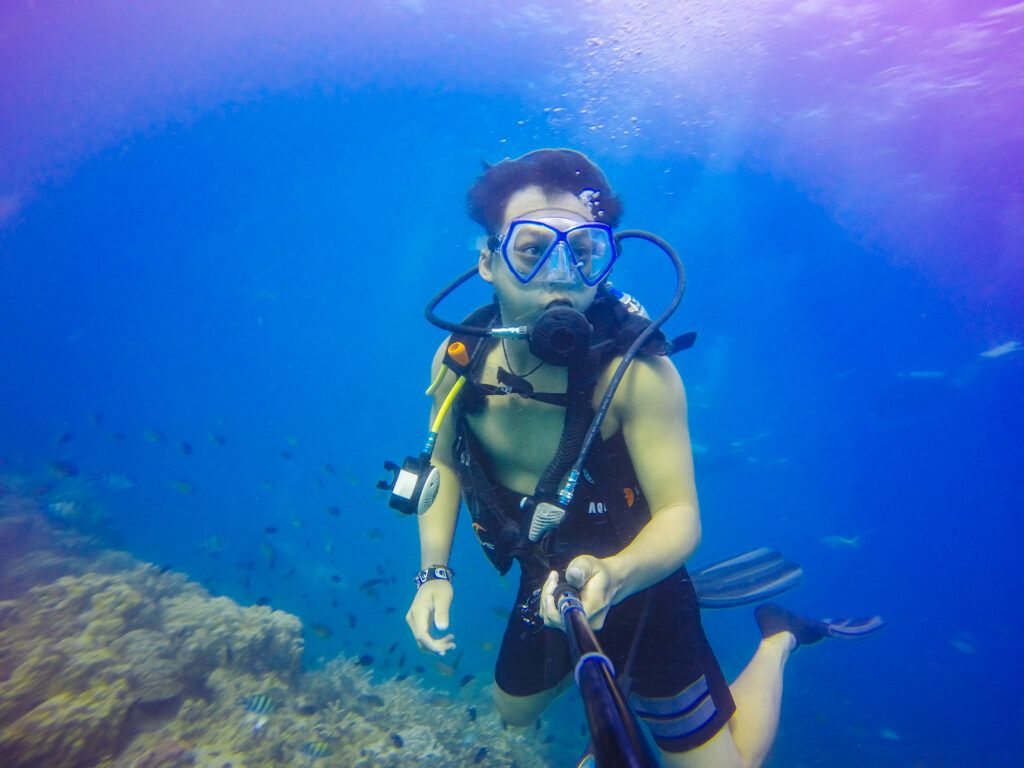
The diversity and colors of life in the Great Barrier Reef offer unlimited opportunity for photography, but underwater cinematography has special challenges:
Key Gear Considerations:
Housing Choice: Ensure that your housing is rated above your planned maximum depth (we would suggest a minimum rating of 40m).
Lighting: Light is absorbed rapidly by water, particularly red light. Utilize high-intensity video lights to regain natural colors beyond 5 meters.
Red filters color-correct when it is not possible to use artificial light for wide shots.
Lenses: 16-35mm wide-angle lenses are best for capturing reefs and big sea animals. Macro capabilities come in handy for close-range shots for small objects.
Shooting Techniques:
Stability: Stability will be lost in underwater currents. Practice slow, controlled movements and use a weighted handle setup.
White Balance: A custom white balance at depth is significantly enhanced. Carry a white slate.
Method of Approach: Approach slowly, do not move suddenly, and approach seaweed and sea creatures side-on and not head-on.
Multiple Passes: Make several passes over interesting matters, changing your position and framing shot each time.
Special Great Barrier Reef Problems:
Particulate Matter: Even with clean conditions, backscattering may be an issue. Handle lights carefully to prevent illuminating particles between lens and subject.
Depth and Light: The most vivid areas of the reef are normally in the upper 15 meters where the sunlight penetrates. Plan your dives to observe the sun in the early morning or late afternoon.
Timing and Current: Some locations are best filmed as the tide enters since the open sea water creates better visibility.
We discovered at RealityBox that the best reef videos were actually just being there, sitting back, and watching closely – finding a good vantage point and letting the reef tell the story itself.
Beyond Diving: Complementary Great Barrier Reef Experiences
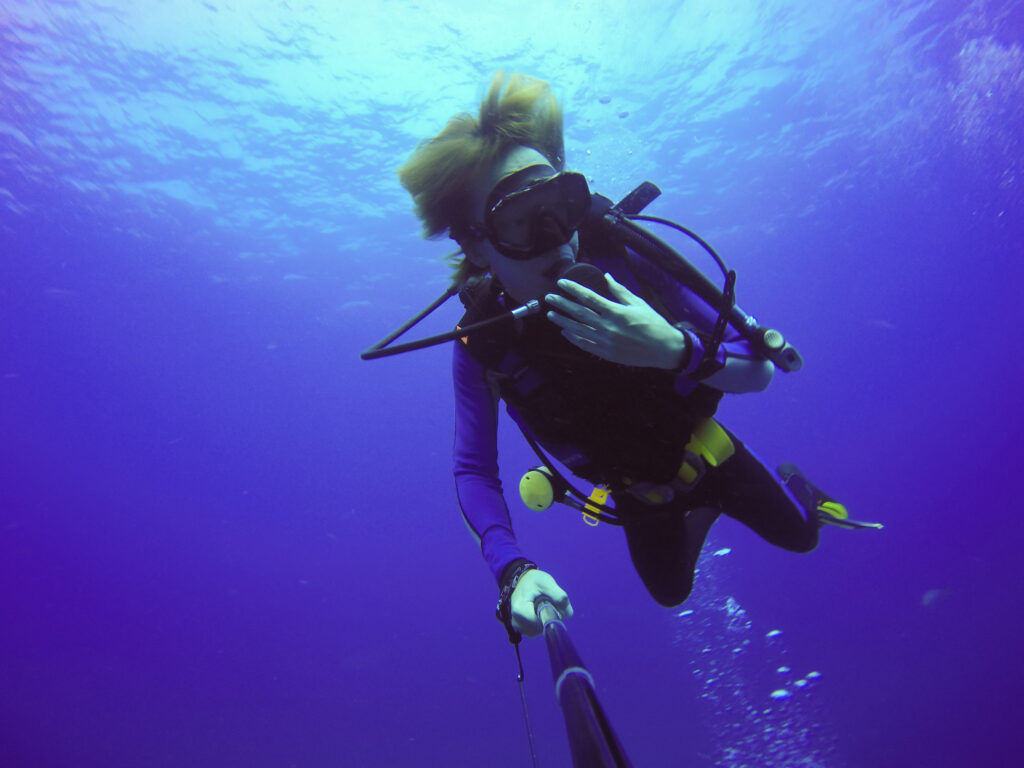
Great Barrier Reef is not only diving! Here are some other things you can do:
Want to find out more? The Reef HQ Aquarium in Townsville is actually incredible – they have actual coral growing there! Or look at these underwater sculptures at MOUA – it’s like an art gallery, but underwater. If you are into science, some of the research stations get to see how they are contributing to saving the coral. The Aboriginal guides have incredible stories about their past in these waters dating back thousands of years.
Not feeling like snorkeling? No worries! The helicopter tours over the reef are wonderful – the colors and textures you can see from above are amazing. The glass-bottom boats are also enjoyable – you can remain dry and observe fish and coral just underfoot. If you visit in June and October, you can occasionally spot humpback whales. The islands themselves are also worth visiting – some of them have lovely walking trails and beaches.
The mainland has treasures of its own. The Daintree is the world’s oldest rainforest, and at Cape Tribulation you can stand where the rainforest and reef actually meet – how fantastic is that? The Tablelands have lovely waterfalls and crater lakes. And the outback starts not too far from the coast – very different country but equally lovely.
Conclusion
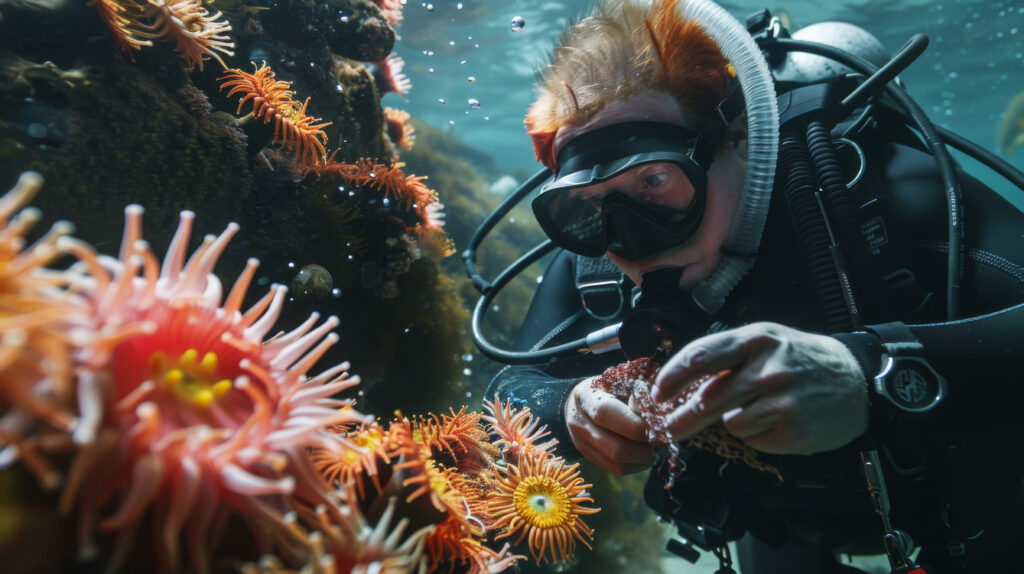
Scuba Diving Great Barrier Reef gives you more than a great underwater experience – it gives you an opportunity to be a part of one of the most unique ecosystems in the world. Whether you are capturing images or just creating memories, the experience alters your way of thinking about our blue planet.
Its future is uncertain with climate change and other issues, so each visit is a special event and a privilege. By diving responsibly and sharing important stories regarding this world beneath the waves, we each ensure that the Great Barrier Reef is alive and thriving for future generations.
Ready to plan your Scuba Diving Great Barrier Reef adventure or underwater production? Reach out to us at RealityBox – we’re passionate about creating immersive visual stories in the world’s most extraordinary locations. From gear recommendations to connecting with our network of experienced dive guides, we’re here to help bring your underwater vision to life.
This guide is brought to you by RealityBox – a travel-focused production house dedicated to telling immersive visual stories across the globe. From the deserts of Rajasthan to the depths of the Great Barrier Reef, we create films that capture the spirit of adventure, culture, and nature.
Want your travel brand or tourism board to be filmed in breathtaking locations like this? Let’s talk: hello@realitybox.in or contact us.
Great Barrier Reef Diving: Common Questions
Can beginner divers dive Great Barrier Reef?
Introductory Diving is an option for everyone visiting Cairns’ Great Barrier Reef. What is introductory diving? It is scuba diving for beginners. You don’t have to have any previous scuba diving experience, and it is a great way to try scuba diving before spending money on a learn to dive course.
Is the reef even worth visiting with all the coral bleaching that I’ve heard of?
Yes! The Great Barrier Reef is just enormous, and although some of it has been bleached, there are still many healthy, beautiful places. The tour operators are aware where the best places are. And viewing healthy and recovering places makes people understand why climate action is needed.
How many days should I schedule for my visit?
Try to save at least 3-5 days. This will allow you to make adjustments if the weather is bad for one day, and will permit you to explore different areas of the reef.
When is the best time to dive there?
The best conditions and clearest water are generally in June to October. But various sea creatures are present at various times of the year. If you wish to see some particular species like minke whales or manta rays, find out when they are typically spotted.
Is it dangerous to dive with sharks?
Not at all! The reef sharks you see are not aggressive towards divers and indicate that the reef is healthy. When you go on a special shark dive, there will be trained guides to make everything safe.
Are new divers permitted to dive at the Great Barrier Reef?
Yes! No prior experience is required. Most operators offer initiation dives with stage-by-stage guidance and instructors that will be there with you step by step.
Is scuba diving challenging?
Not a bit! In fact, scuba diving is one of the most graceful things you can do (yes blokes, even you!). Released from the shackles of gravity and terra firma, you dive into the deep blue. You drift weightless. With bubbles rising above, you dive down to discover a destination filled with incredible sea life and colorful corals. For as long as your air supply will last, you dance among the fish, an active, dynamic animal. Underwater ballet without the tutu is diving!
Where would be the best location to learn how to dive?
Cairns is one of the world’s top places to learn how to dive. Why is that? It is the nearest port to the Great Barrier Reef. Other than having fantastic dive sites, it has some of the best and most experienced dive operators. Experience is everything in this business.
How deep will I go?
Most of the leisure diving is between 5-18 meters (15-60 feet) depth. Indeed, that is just ideal because coral requires light and thrives in shallow water. If you are certified already, there are places that allow you to dive up to 30 meters (100 feet).
Why is the Great Barrier Reef famous?
The Great Barrier Reef is the world’s largest and most elaborate reef system. Its scientific, cultural, and environmental significance is globally renowned: UNESCO listed the Reef on the World Heritage List more than 40 years ago due to its Outstanding Universal Value. We’re striving to safeguard this remarkable natural wonder.


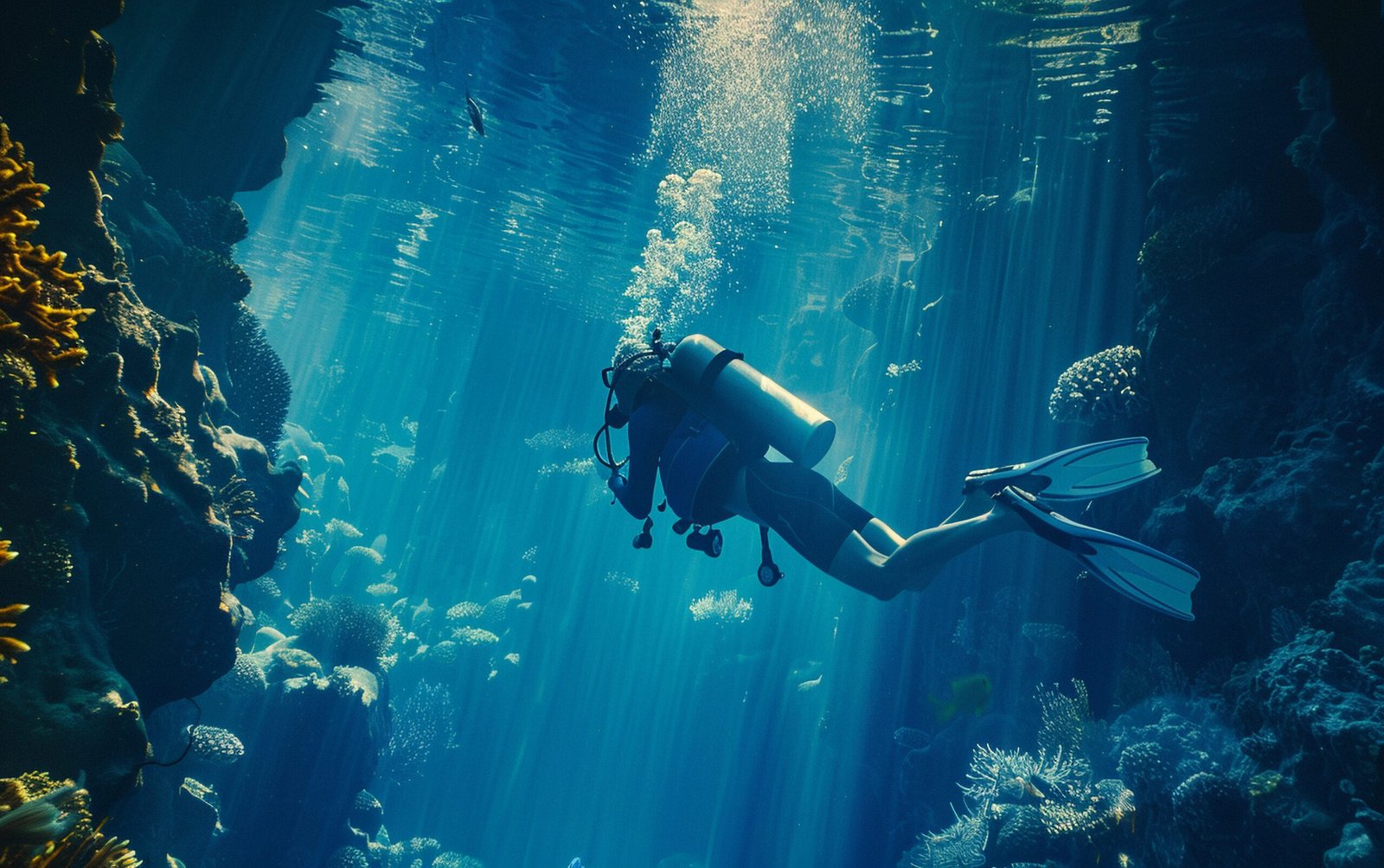
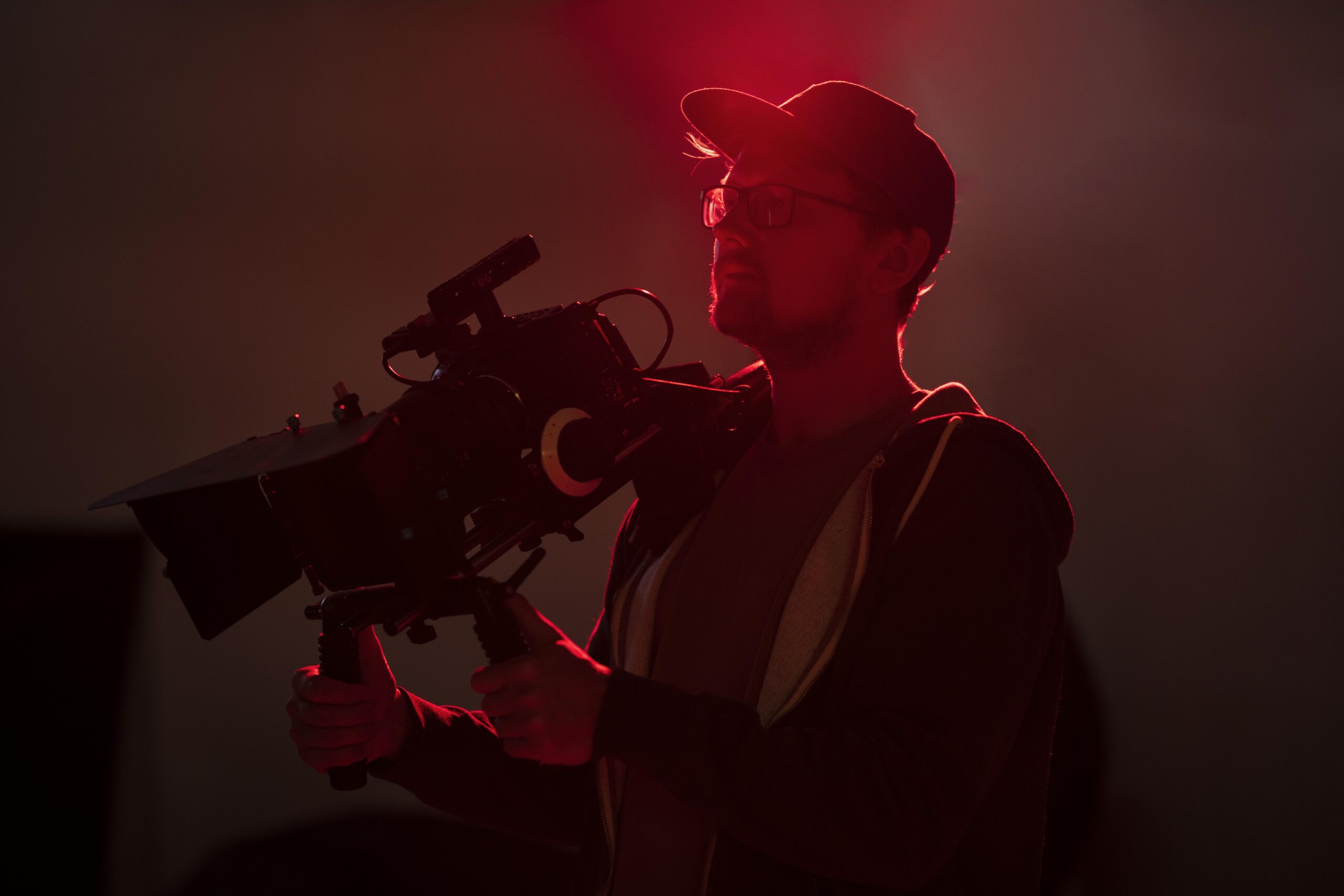
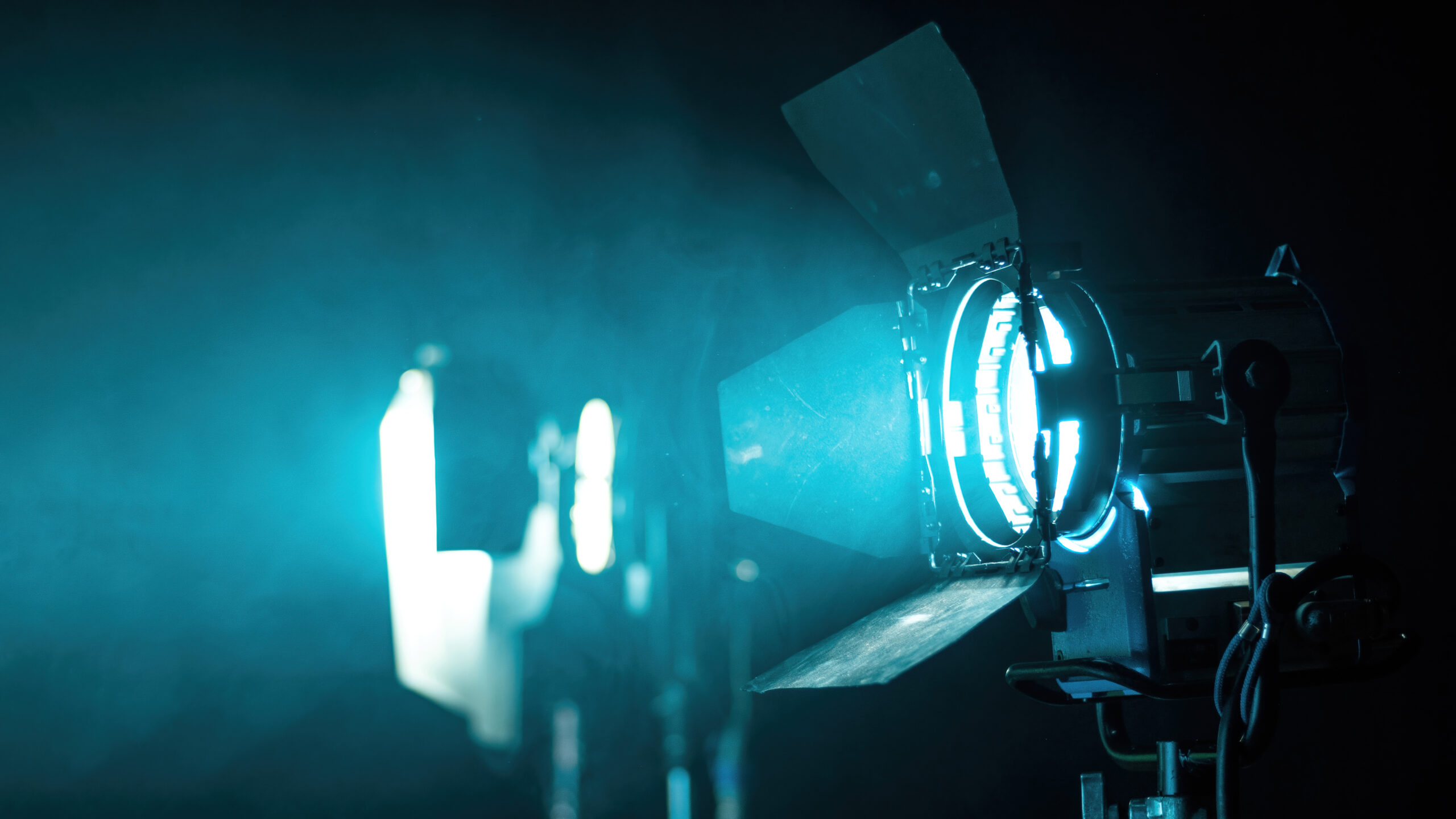
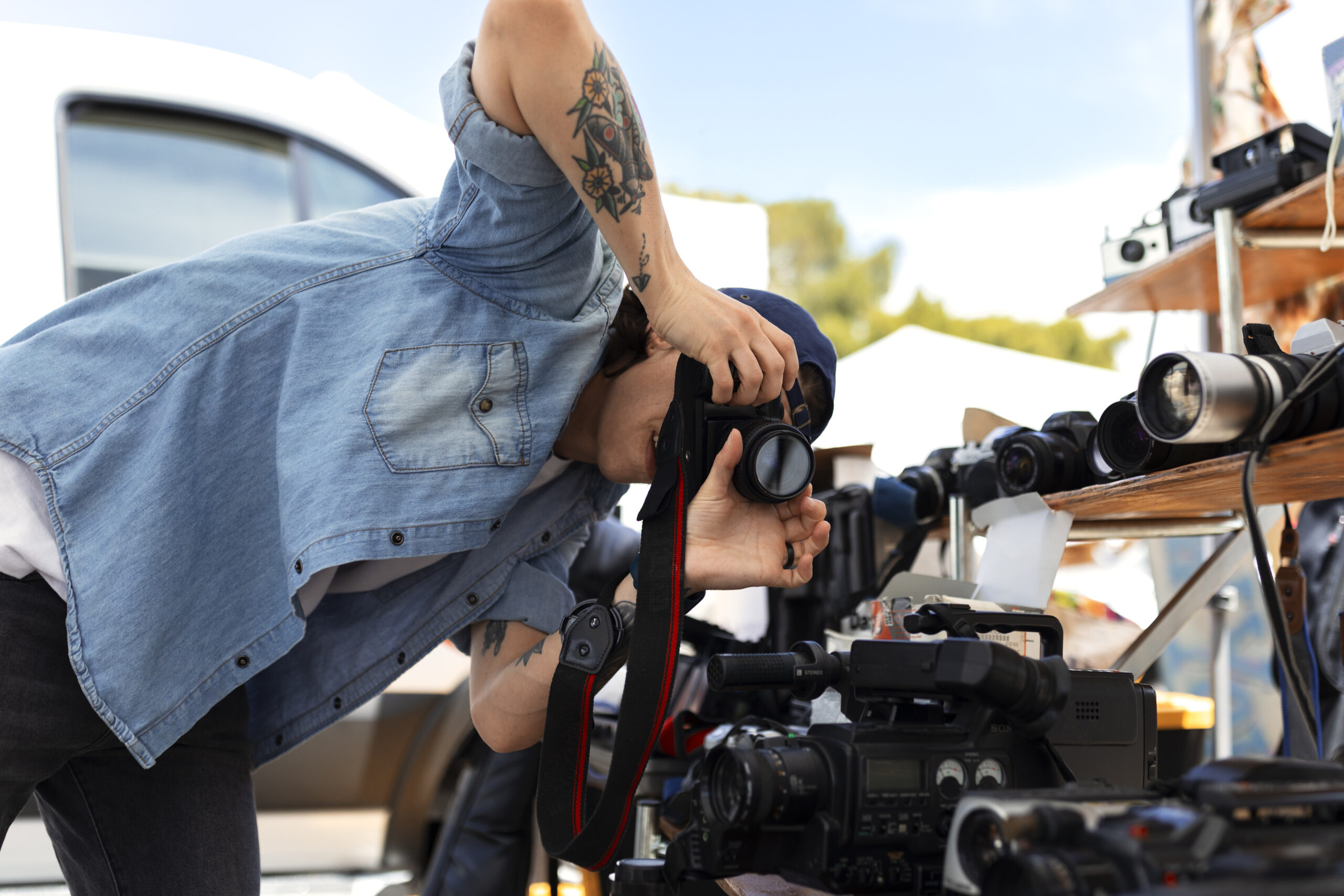

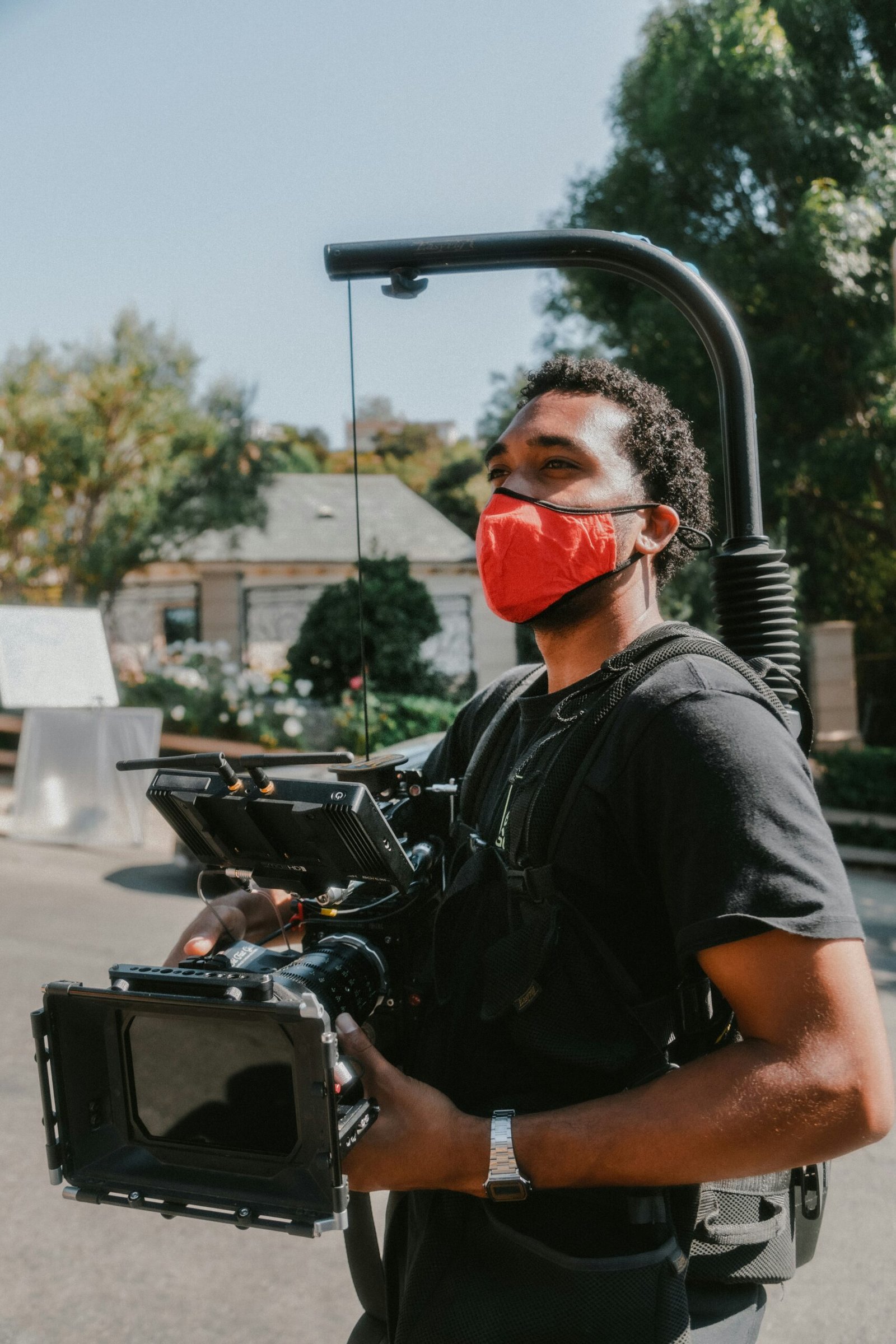
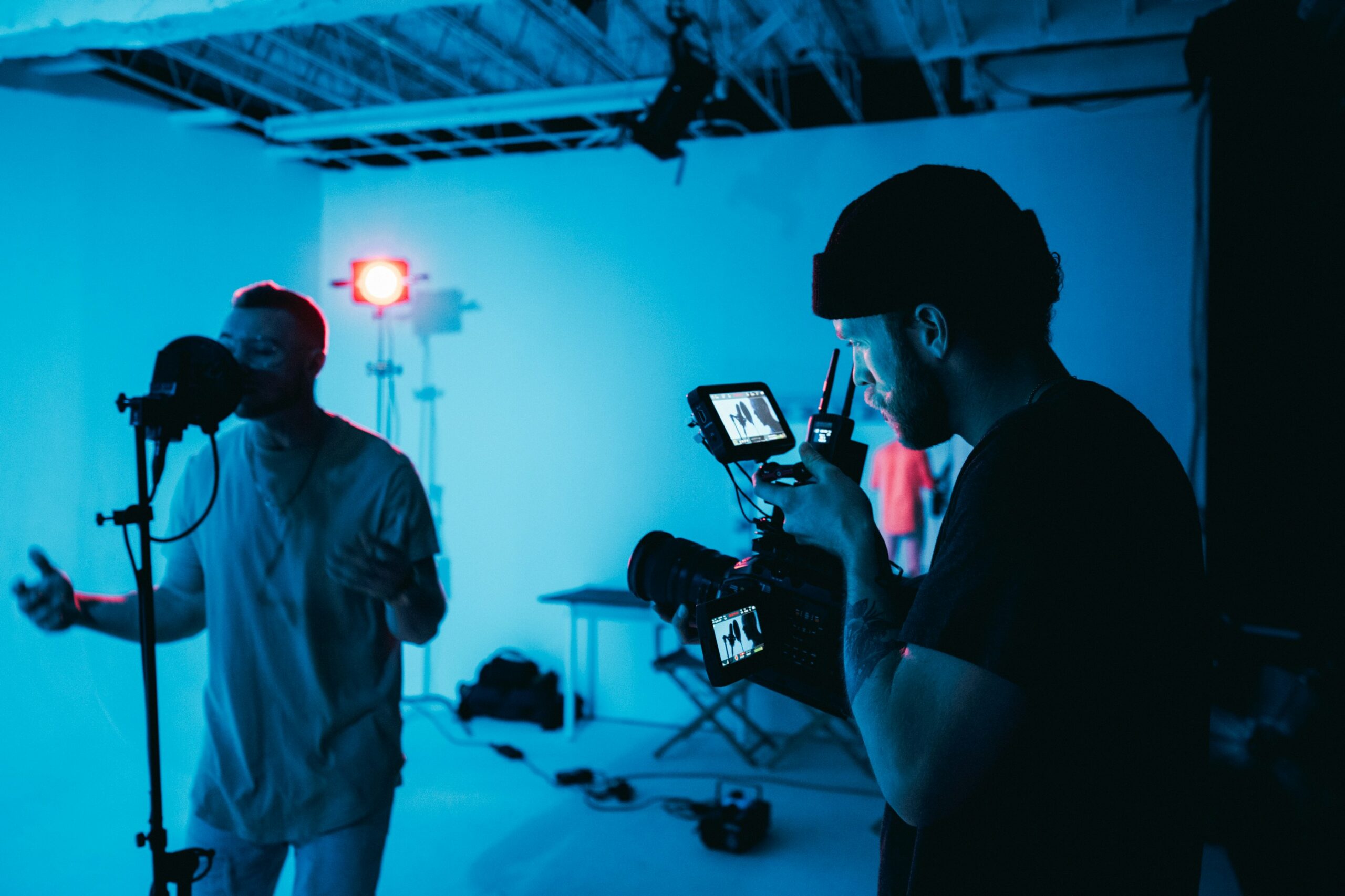
No Comments